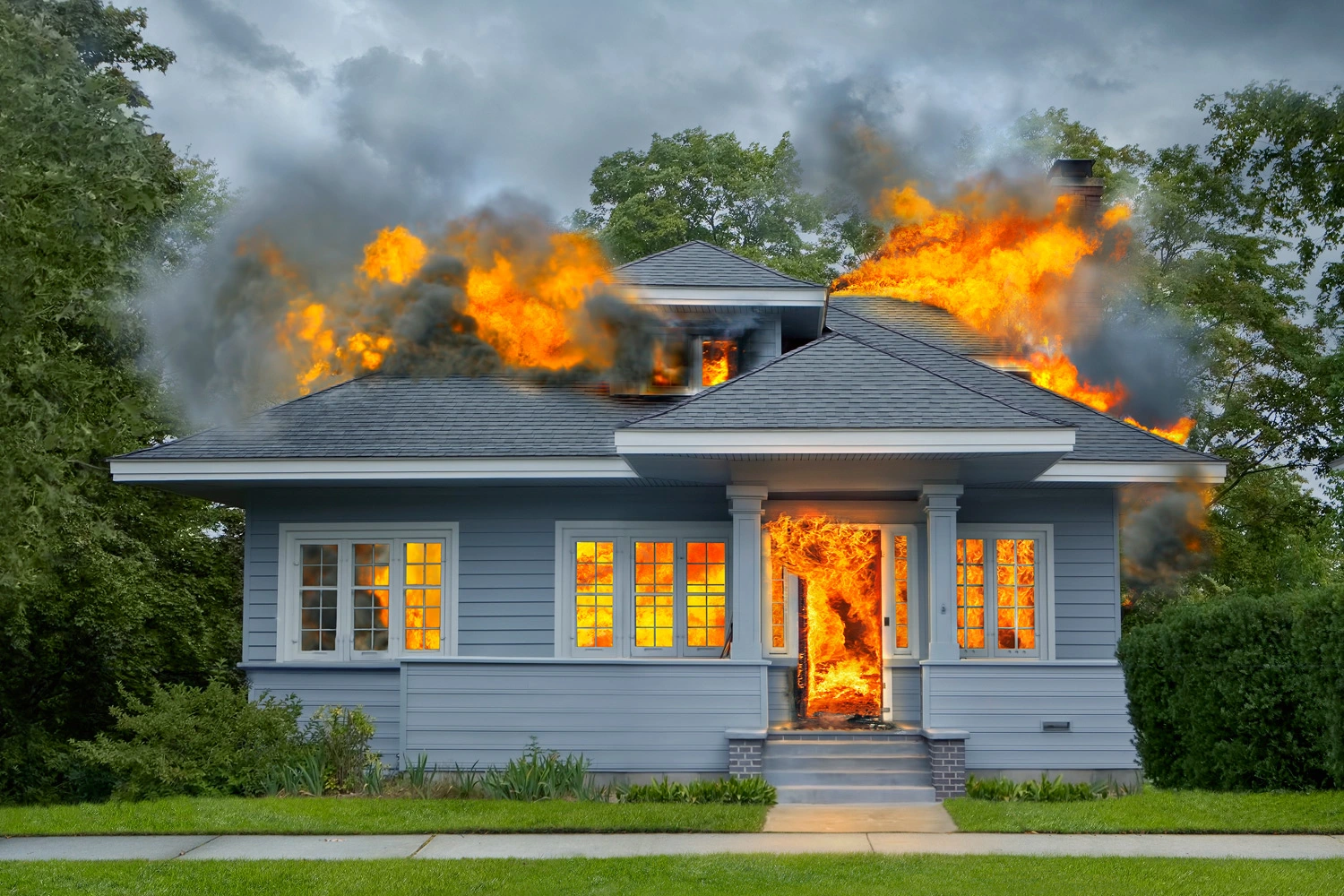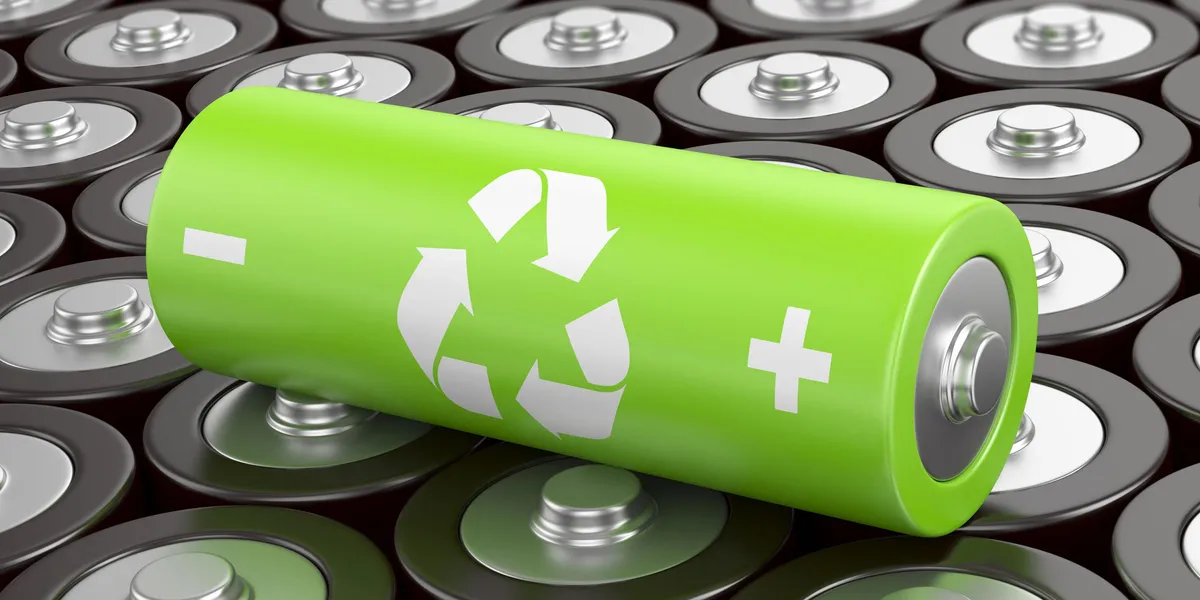
The US Department of Justice (DOJ) stated that a ...
news-extra-space

 The National Fire Protection Association (NFPA) released a report on house fires in the US between 2015 and 2019 in October 2021. It also contained other information, such as the top five categories of home fire causes. They are (in descending order) -
The National Fire Protection Association (NFPA) released a report on house fires in the US between 2015 and 2019 in October 2021. It also contained other information, such as the top five categories of home fire causes. They are (in descending order) -
 Many people are unaware of how easily a kitchen fire may start, which is one of the reasons they occur so frequently. Furthermore, the vast majority of cooking fires between 2014 and 2018 started by unattended cooking, combustibles placed too close to cooking equipment, or equipment that was accidentally turned on but left unattended, according to the NFPA's investigation into what exactly was causing ignition in these home fires.
Also Read: Do Not Ever Respond to Spam, Even to Unsubscribe
Moreover, according to Michael Kozo, captain of fire safety at the New York City Fire Department, "It only takes a second for that food to light up, and you have a window of about 30 to 45 seconds before that fire is beyond your control. So you need to be in the kitchen monitoring that at all times."
Many people are unaware of how easily a kitchen fire may start, which is one of the reasons they occur so frequently. Furthermore, the vast majority of cooking fires between 2014 and 2018 started by unattended cooking, combustibles placed too close to cooking equipment, or equipment that was accidentally turned on but left unattended, according to the NFPA's investigation into what exactly was causing ignition in these home fires.
Also Read: Do Not Ever Respond to Spam, Even to Unsubscribe
Moreover, according to Michael Kozo, captain of fire safety at the New York City Fire Department, "It only takes a second for that food to light up, and you have a window of about 30 to 45 seconds before that fire is beyond your control. So you need to be in the kitchen monitoring that at all times."
 Power strips, surge protectors, and extension cords don't all have the same capabilities or uses. However, the good news is that, between 2015 and 2019, only 1% of house fires involved cords or plugs, according to the NFPA analysis. But, they were responsible for 7% of the deaths, which is awful news.
Additionally, the biggest offender is the excessive or improper usage of extension cords. For instance, in many cases, it's an appliance that heats or cools when connected to extension cords or power strips rather than directly into a wall outlet like a refrigerator, a space heater, an air conditioner, a toaster, etc. Running these gadgets on an extension cord raises the risk of overloading the cord's electrical capacity and causing it to overheat. And this could ultimately result in a fire, as Kozo stated to Consumer Reports. Thus, he advises limiting the usage of extension cords to short-term low-voltage needs, such as plugging in a TV or charging your phone.
Power strips, surge protectors, and extension cords don't all have the same capabilities or uses. However, the good news is that, between 2015 and 2019, only 1% of house fires involved cords or plugs, according to the NFPA analysis. But, they were responsible for 7% of the deaths, which is awful news.
Additionally, the biggest offender is the excessive or improper usage of extension cords. For instance, in many cases, it's an appliance that heats or cools when connected to extension cords or power strips rather than directly into a wall outlet like a refrigerator, a space heater, an air conditioner, a toaster, etc. Running these gadgets on an extension cord raises the risk of overloading the cord's electrical capacity and causing it to overheat. And this could ultimately result in a fire, as Kozo stated to Consumer Reports. Thus, he advises limiting the usage of extension cords to short-term low-voltage needs, such as plugging in a TV or charging your phone.
 Although the NFPA report didn't include particular lithium-ion battery statistics, Kozo claims that over the past few years, the incidence of home fires caused by these batteries has been rising.
Furthermore, this is due to the fact that a malfunctioning lithium-ion battery can cause an electric scooter or bike to overheat, resulting in a chemical reaction and possibly a fire. So, Kozo advises against using a generic battery charger you bought online and instead only using the one that came with your bike or scooter (or a replacement from the company) to avoid it from happening.
Additionally, just charge it for the advised amount of time as it is not always preferable to leave a device charging for a longer period of time. Besides, it may be tempting to leave it charging overnight, but Kozo warns against doing so because doing so could lead to the battery overheating. Last but not least, if possible, charge electric bikes and scooters outside.
Although the NFPA report didn't include particular lithium-ion battery statistics, Kozo claims that over the past few years, the incidence of home fires caused by these batteries has been rising.
Furthermore, this is due to the fact that a malfunctioning lithium-ion battery can cause an electric scooter or bike to overheat, resulting in a chemical reaction and possibly a fire. So, Kozo advises against using a generic battery charger you bought online and instead only using the one that came with your bike or scooter (or a replacement from the company) to avoid it from happening.
Additionally, just charge it for the advised amount of time as it is not always preferable to leave a device charging for a longer period of time. Besides, it may be tempting to leave it charging overnight, but Kozo warns against doing so because doing so could lead to the battery overheating. Last but not least, if possible, charge electric bikes and scooters outside.
Leave a Reply






